
Three suns smile on Swiss wine

With the Swiss wine harvest drawing to a close, swissinfo visited a vineyard in western Switzerland to meet a family devoted to the nectar of the gods.
Les Frères Dubois of Cully on the shores of Lake Geneva is a collaboration of three generations of winegrowers working in an exquisitely scenic area steeped in tradition.
Grandfather Marcel Dubois, who started the business, is the son of a vineyard labourer and a “vendangeuse” or harvest grape-picker.
Eighty-year old Marcel grew up in the Tour de Marsens in Lavaux surrounded by vines. He has come a long way since his first batch of 1,000 wine bottles in 1947 – Les Frères Dubois winery now produces around one million bottles a year of which 200,000-300,000 are their own labels.
The steep slopes of the terraced vineyards make mechanisation impractical in this area, which motivates the growers to concentrate on quality.
“We are condemned to make expensive wine so we might as well make it good wine,” Marcel told swissinfo.
Swiss vineyards offer a large choice of grape varieties, but the most popular among the white grape varieties is the Chasselas grape, used by the Dubois for their white wine.
Good signs
Marcel keeps an active interest in the business, which is now being managed by his grandsons Grégoire and Frédéric under the guidance of their father Christian.
The men are currently working round the clock alongside their employees for the intense two-week harvest. All day long the full picking bins arrive at the winery, where the grapes must be processed as quickly as possible to ensure good quality juice.
“The signs are good for the harvest this year,” said Christian Dubois. “That’s mainly thanks to the unusually warm weather in April and May.”
The region of Lavaux where Les Frères Dubois are based was declared a landscape of “outstanding universal value” by Unesco when it was added to the cultural organisation’s World Heritage List earlier this year.
The Lavaux region has the added advantage of the three suns, Christian explained. “Our grapes receive direct sunshine, the reflected sunlight from the lake as well as the light and warmth reflected off the old stone walls.”
Last year’s grape harvest, which was described by officials as weak, was up only one per cent on the previous year so a good year would be welcome now.
Staying local
Switzerland may not be widely known as a wine-producing country but the Swiss have quietly been mastering the art for close to a thousand years. The Lavaux landscape of ancient terraced vineyards reflects this rich viticultural tradition.
Despite being surrounded by the leading wine-producing countries of France, Italy, Germany and Austria, the Swiss still favour homegrown vintages. In fact the Swiss love their own wine so much they consume 95 per cent of what they produce.
“Swiss wine is not well known abroad because we never needed to export. It’s a niche product sold on a small scale,” Frédéric Rothen from the Federal Agriculture Office told swissinfo.
Wine consumption in Switzerland is falling, a trend that is also reflected in neighbouring countries. However the sector has remained stable over the past decade, with around 15,000 hectares under production. Improvements in quality have been one response to the decrease in consumption.
The future of Swiss wine is in the hands of the growers. The Dubois family business may have some new recruits in the next generation among Marcel’s four great-grandchildren.
Rothen is optimistic about this year’s harvest based on the reports he has received so far. “The signs are very promising compared with the past few years but of course you never can tell until it’s in the barrel.”
Lavaux, which lies between Lausanne and Vevey, won World Heritage status on the strength of its ancient vineyards, spectacular lakeside setting and alpine panorama across the lake.
The 830-hectare terraced area is devoted to the production of some of Switzerland’s finest wines, including eight wines with the AOC quality label, among them Dézaley, Calamin, Epesses and St Saphorin.
The vine terraces can be traced back to the 11th century, when Benedictine and Cistercian monasteries controlled the area.
Canton Vaud, where Lavaux is located, provides a quarter of Switzerland’s wines.
Switzerland’s winegrowing regions can be subdivided into six areas: Valais, Vaud, Geneva, the Three Lakes region in western Switzerland, the German-speaking region of eastern Switzerland, and the Italian-speaking Ticino.
The Swiss drank just over 270 million litres of wine last year, 2.5 per cent less than in 2005. The total amount consumed was down for both Swiss wine (4 per cent) and foreign wine (1.6 per cent).

In compliance with the JTI standards
More: SWI swissinfo.ch certified by the Journalism Trust Initiative






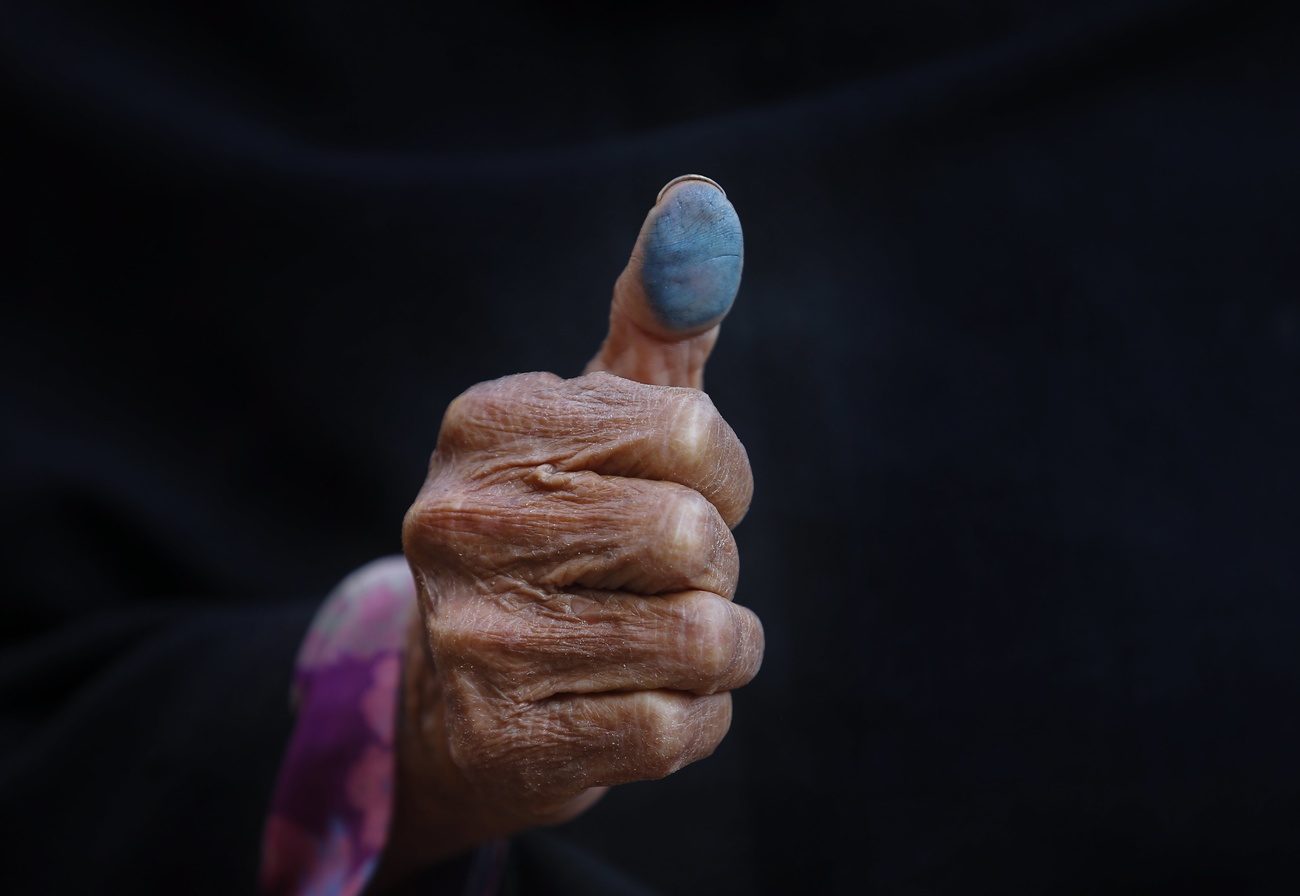







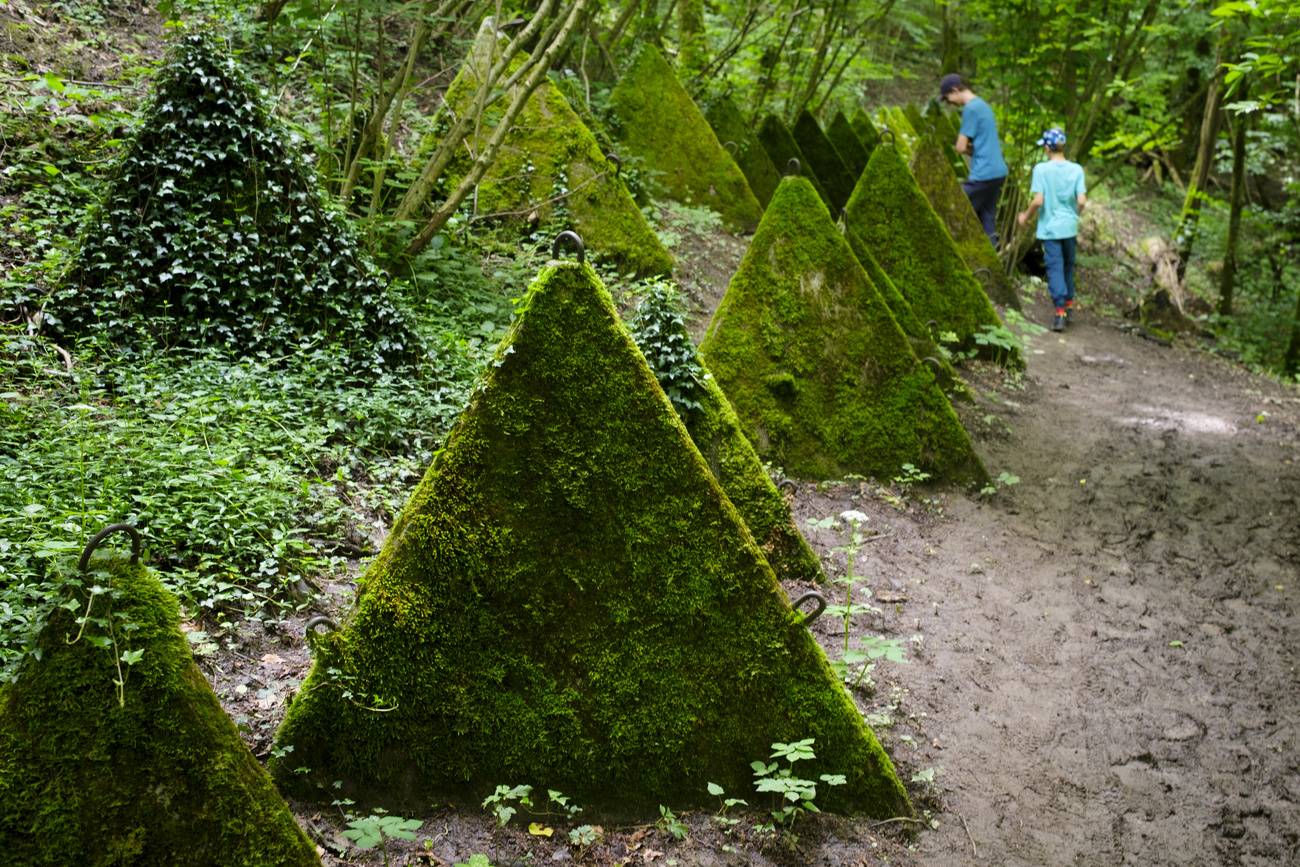




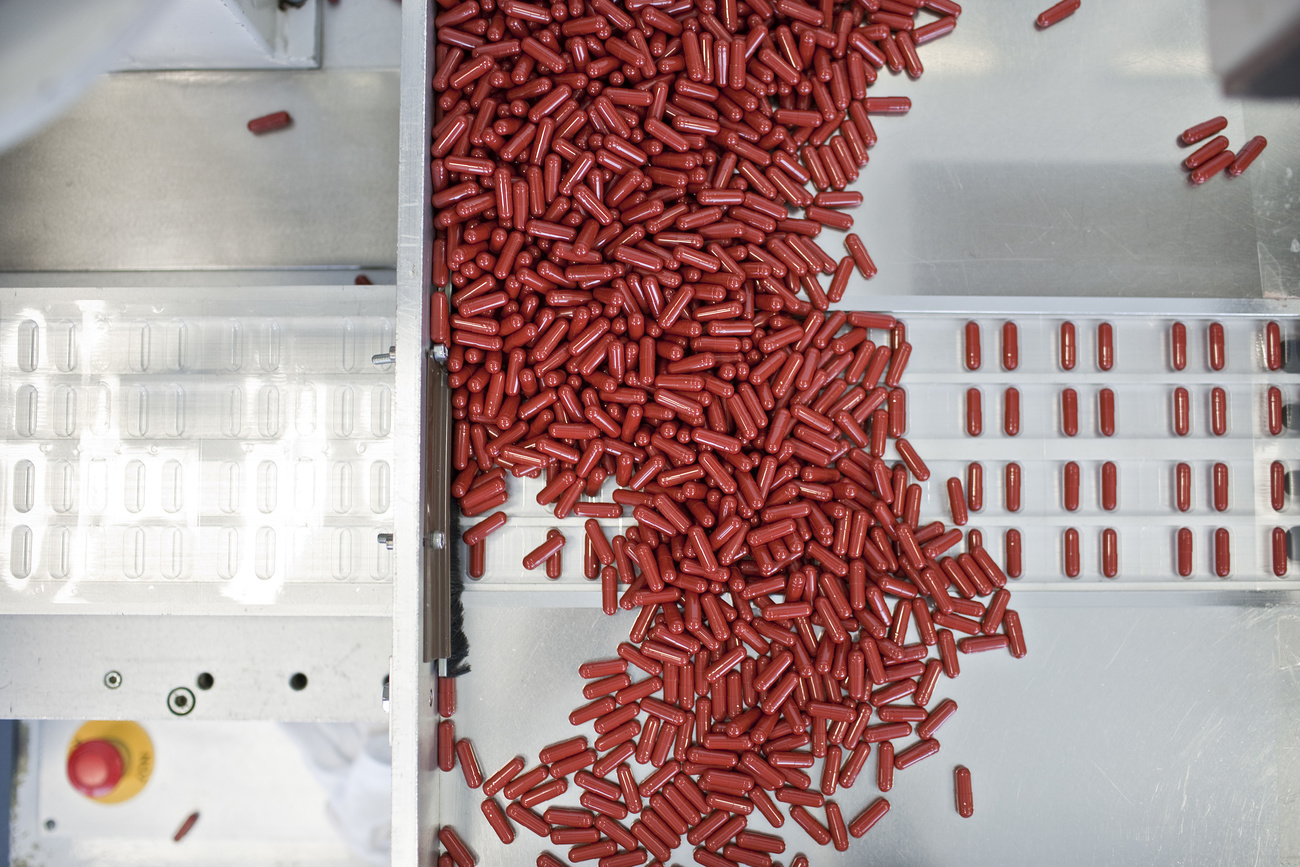





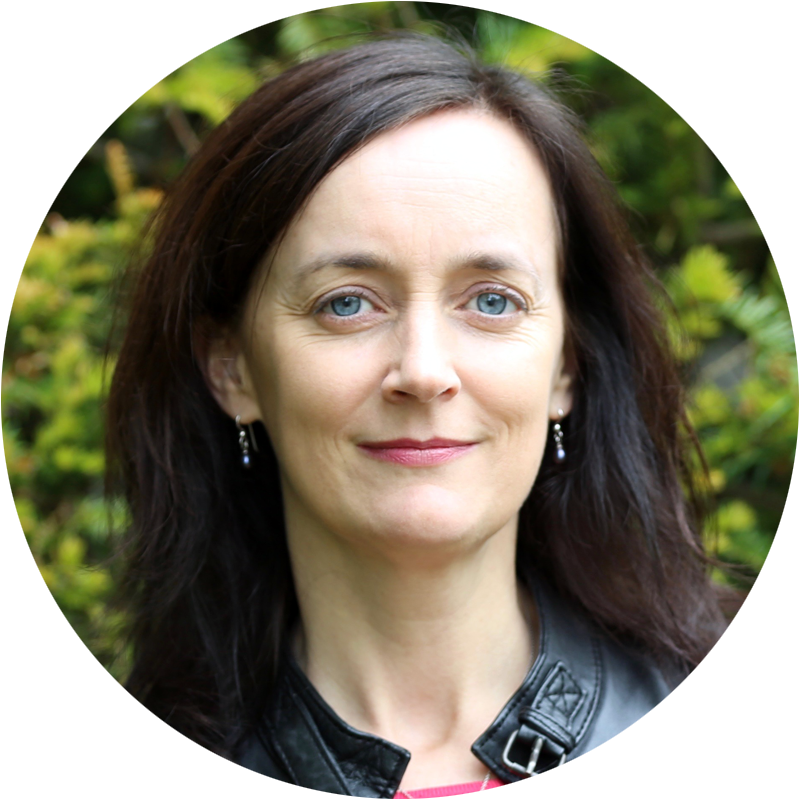








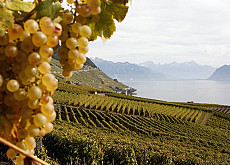


You can find an overview of ongoing debates with our journalists here . Please join us!
If you want to start a conversation about a topic raised in this article or want to report factual errors, email us at english@swissinfo.ch.